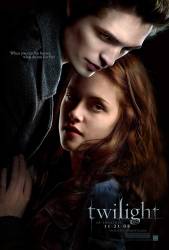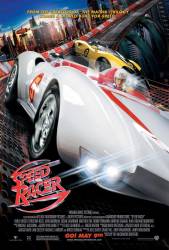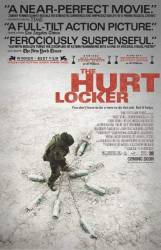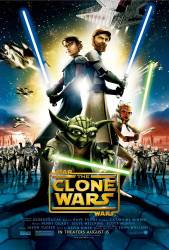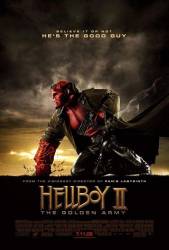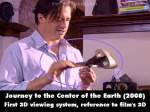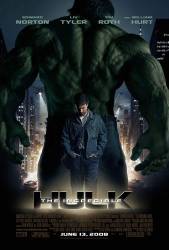
Trivia: Paul Soles, who portrays the character Stanley, was the voice of Dr. Bruce Banner for the 1966 cartoon of The Incredible Hulk. The name "Stanley" is itself likely a reference to Hulk co-creator Stan Lee.
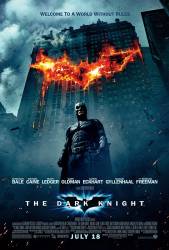
Trivia: When Gordon is promoted to Commissioner, Heath Ledger improvised the Joker joining in with the applause.
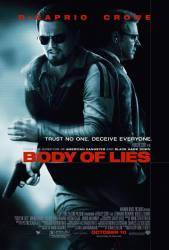
Trivia: The Noordermarkt scene in Amsterdam was not really shot there. In fact it wasn't shot in the Netherlands at all. The Noordermarkt in the film looks nothing like the real Noordermarkt, and more like an Asian or Indian market. The noise of people talking in the background does not resemble anything close to Dutch. The cars in the scene are rarely seen in the Netherland because they are too outdated to be seen frequently, especially all together. At timecode 42:30 you can see a police car with "POLICE" written on the side of it. However, in real life, Dutch police cars do not use the English word for police. "Politie" would have been the correct word, but even then the police car would not be convincing, as official police cars look entirely different. Finally, the firetruck appearing later in the scene is not a type used in the Netherlands, but appears to be an American Pierce Lance truck with Dutch fire engine stickers on it. Dutch firetrucks are usually of European make: DAF, MAN or Mercedes. (00:41:50 - 00:43:30)

Trivia: According to behind the scenes featurettes, James Hong's father owns a noodle shop. Hong voices Po's father, Mr. Ping, who also owns a noodle shop.

Trivia: When Agent Strahm is in his head box trap screaming, there is a lot of flash-cutting, including a shot of an outtake of the actor smiling with a towel in the cube and staff around him. Happens exactly at 9:52:370 into the movie, or frame 14203. VERY fast and easy to miss.

Trivia: Following the Disney tradition of hidden Mickey Mouse images, in this film Prince Caspian's vest has many hidden Mickeys, shaped with staples, close to the neck.
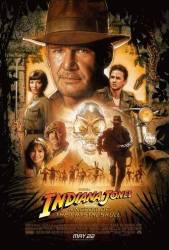
Trivia: In the Mayan temple, Indy comments "I have a bad feeling about this." This line was a running gag in George Lucas' Star Wars saga, and was used by Harrison Ford at least once. (01:46:10)

Trivia: Notice they don't play the lyrics with the "Iron Man" song in the closing credits. That's because the Black Sabbath song was not about the comic book Iron Man. There are many theories about what the song means, but the most popular is that it is about a man who travels to the future and sees the apocalypse. They couldn't use the lyrics to describe the Iron Man in the movie: He was turned to steel - In the great magnetic field - Where he traveled time - For the future of mankind. Now the time is here - For Iron Man to spread fear - Vengeance from the grave - Kills the people he once saved.
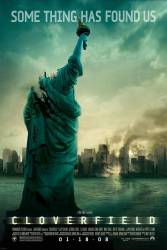
Trivia: When the credits have finished rolling there is a garbled radio transmission of what sounds like Rob saying "Help us." But when played in reverse you can clearly hear him saying "It's still alive."
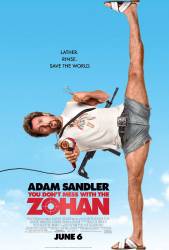
Trivia: Paul Mitchell actually died in 1989. As an inside joke, the man portraying him when he talks to the Zohan on the phone is his business partner John Paul Dejoria. Dejoria has been the face of the Paul Mitchell company since Paul Mitchell's death, which has caused many people to believe that Dejoria is Paul Mitchell.
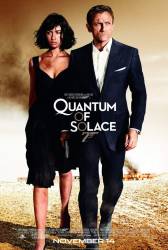
Trivia: "Another Way to Die", performed by Jack White and Alicia Keys, is the first Bond theme that is a duet.
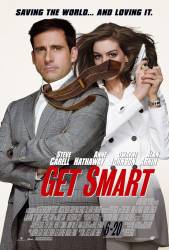
Trivia: At one point in the movie, when the Chief is talking to the President, the President says "nucular weapons" once or twice. Frustrated, the Chief says something to the effect of, "For the last time, it's nuclear." This is an obvious jab at President George W. Bush, who was notorious for invariably saying "nucular" instead of "nuclear" when giving speeches.
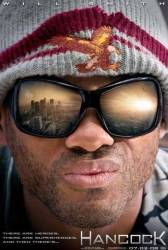
Trivia: Will Smith has his own signature line, which is called 'Oh Hell no.' He says it at least once in almost all his movies, including this one.
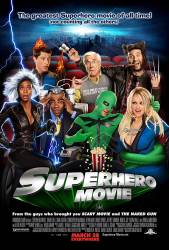
Trivia: The janitor who sees Lou Landers stuffing the dead body in the cabinet is the director, Craig Mazin.
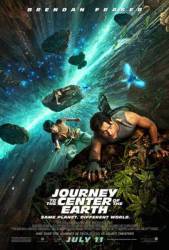
Trivia: A subtle reference to this film's 3D format: In Max's box, Trevor finds a pocket stereoscope, which are funky looking glasses that create the illusion of a three-dimensional image from two-dimensional photographs. It was invented by Sir Charles Wheatstone in 1840.
